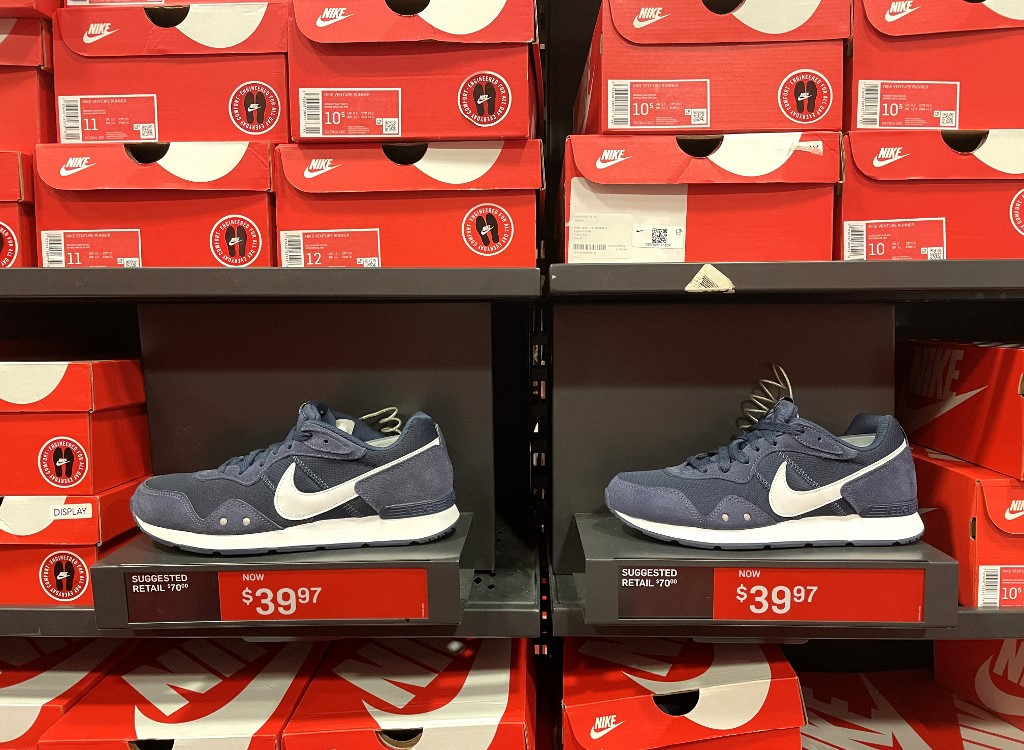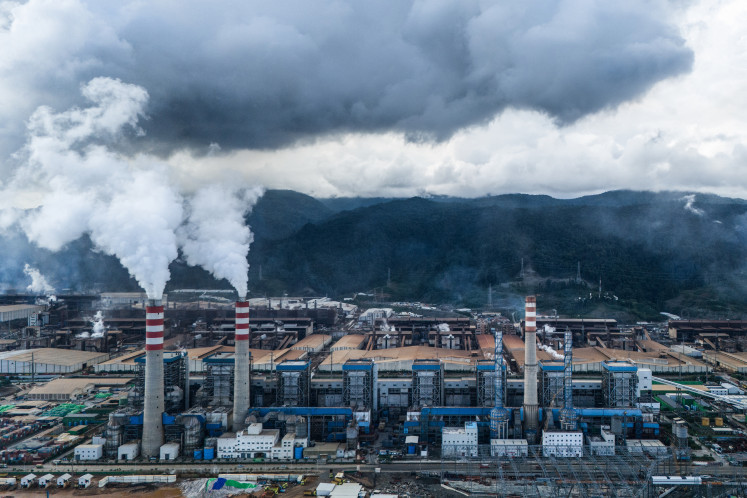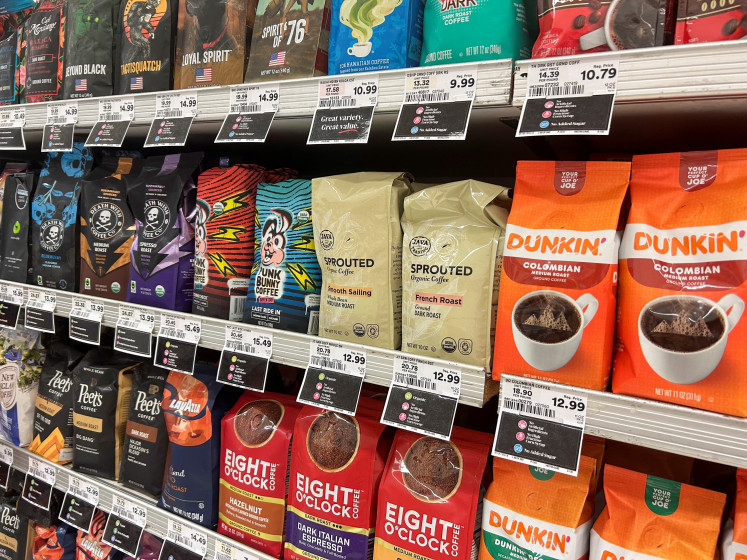Popular Reads
Top Results
Can't find what you're looking for?
View all search resultsPopular Reads
Top Results
Can't find what you're looking for?
View all search resultsNike plans to reduce reliance on China production for US market to soften tariff blow
Change text size
Gift Premium Articles
to Anyone
N
ike said it would cut its reliance on production in China for the United States market to mitigate the impact from US tariffs on imports, and forecast a smaller-than-expected drop in first-quarter revenue, sending its shares up 11 percent in extended trading.
US President Donald Trump's sweeping tariffs on imports from key trading partners could add around US$1 billion to Nike's costs, company executives said on a post-earnings call after the sportswear giant topped estimates for fourth-quarter results.
China, subject to the biggest tariff increases imposed by Trump, accounts for about 16 percent of the shoes Nike imports into the United States, chief financial officer Matthew Friend said.
But the company aims to cut the figure to a "high single-digit percentage range" by the end of May 2026 as it reallocates China production to other countries.
"We will optimize our sourcing mix and allocate production differently across countries to mitigate the new cost headwind into the United States," he said on a call with investors.
Consumer goods is one of the most affected areas by the tariff dispute between the world's two largest economies, but Nike's executives said they were focused on cutting the financial pain.
Nike will "evaluate" corporate cost reductions to deal with the tariff impact, Friend said. The company has already announced price increases for some products in the US.
"The tariff impact is significant. However, I expect others in the sportswear industry will also raise prices, so Nike may not lose much share in the US," said David Swartz, analyst at Morningstar Research.
CEO Elliott Hill's strategy to focus product innovation and marketing around sports is beginning to show some fruit with the running category returning to growth in the fourth quarter after several quarters of weakness.
Having lost share in the fast-growing running market, Nike has invested heavily in running shoes such as Pegasus and Vomero, while scaling back production of sneakers such as the Air Force 1.
"Running has performed especially strongly for Nike," said Citi analyst Monique Pollard, adding that new running shoes and sportswear products are expected to offset the declines in Nike's classic sneaker franchises at wholesale partner stores.
Marketing spending was up 15 percent year-on-year in the quarter. On Thursday, Nike hosted an event in which its sponsored athlete Faith Kipyegon attempted to run a mile in under four minutes.
Paced by other star athletes in the glitzy and live-streamed from a Paris stadium, Kipyegon fell short of the goal but set a new unofficial record.
Nike forecast first-quarter revenue to fall in the mid-single digits, slightly better than analysts' expectations of a 7.3 percent drop, according to data compiled by LSEG.
Its fourth-quarter sales fell 12 percent to $11.10 billion, but still beat estimates of a 14.9 percent drop to $10.72 billion.
China continued to be a pain point, with executives saying a turnaround in the country will take time as Nike contends with tougher economic conditions and competition.
The company's inventory was flat year-over-year at $7.5 billion as of May 31.










